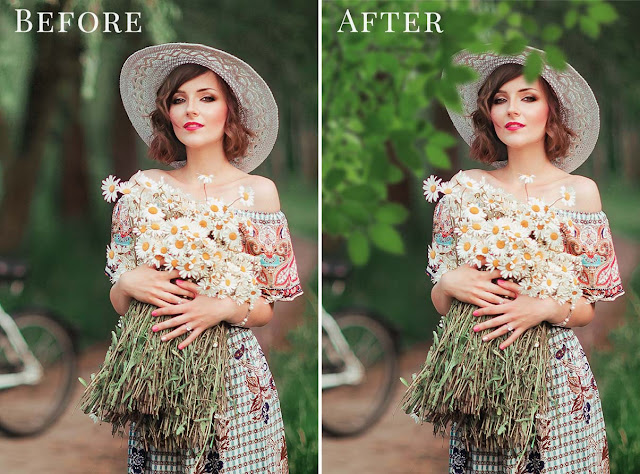3D Half Sleeves T-Shirt PSD Mockup Free Download The free graphic offered by PSD Mockup can be used for personal and commercial purposes so you can include it in your clients’ presentations, online posts and websites, and artwork portfolios. It has a lot of effects like reflection, front reflection, glow, shadows, lights, bevel, extrude, etc.You Can Also Download Gift Pack Pouch PSD Mockups

Additional info:
- Available Format: Layered PSD through smart object insertion
- License: For private & commercial purpose
- Zip File Includes: Photoshop PSD File
- Resolution: 3000 x 2250 px
- Exclusive for Mockup
- Easy to use and edit
Fully customizable Photoshop Template.
- Add your own .png transparent logo
- Save and Save your JPG File.
Download the File Easily From the Download Link Given Below
Password is: dgpik.com
DOWNLOAD NOW3D Half Sleeves T-Shirt PSD MockupHow to Use PSD Mockups
Using PSD mockups involves the following steps:
- Obtain a PSD Mockup: Find a suitable PSD mockup for your project. You can search for mockups on various dgpik.com, including design marketplaces, free mockup repositories, or directly from the websites of graphic designers and agencies.
- Download the Mockup: Once you’ve selected a mockup, download the PSD file to your computer. Make sure to save it in a location where you can easily access it.
- Extract the ZIP File (if necessary): If the mockup is compressed in a ZIP file, extract its contents to reveal the PSD file. Some mockups may also include additional assets like images or textures.
- Open the PSD File: Launch Adobe Photoshop (or a compatible software) and open the downloaded PSD file. You can do this by going to “File” > “Open” and selecting the mockup PSD file from its saved location.
- Familiarize Yourself with the Layers: A PSD mockup typically consists of multiple layers and folders organized in the Layers panel. Each layer represents a different element of the mockup, such as the device screen, background, or additional design elements.
- Customize the Smart Object(s): Most PSD mockups use smart objects to facilitate easy customization. Locate the smart object layer(s) within the Layers panel that corresponds to the area where you want to place your design.
- Edit the Smart Object: Double-click on the smart object layer to open it in a new tab or window. This action will bring up a separate editing window specifically for the smart object.
- Insert Your Design: Within the smart object editing window, you can add your design. This can be done by copying and pasting your design into the smart object or dragging and dropping it directly onto the canvas. Ensure that your design fits within the dimensions and guidelines provided by the smart object.
- Customize Additional Elements: Depending on the mockup, there may be other customizable elements such as background colors, shadows, or textures. Explore the layers and folders to find these options and make any desired adjustments.
- Save and Close the Smart Object: After you’ve added and positioned your design, save the changes made to the smart object and close the editing window. The main mockup file will automatically update with your design.
- Save and Export the Final Mockup: Once you’re satisfied with the customization, save the final mockup file. You can then export it into the desired format (e.g., JPEG, PNG) for sharing, presentation, or use in your design portfolio.
Remember to follow any specific instructions or guidelines provided by the mockup creator, as different PSD mockups may have unique features or requirements. Additionally, it’s a good practice to credit the mockup creator if they require it or if you plan to showcase the mockup publicly.







